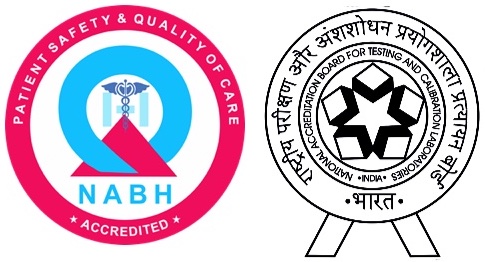Haemorrhoidectomy
Haemorrhoidectomy is surgery to remove swellings inside and around your bottom, known as haemorrhoids or piles and, relieve their symptoms.
What are haemorrhoids?
Haemorrhoids, commonly called piles, are small, round, fleshy bumps that contain enlarged blood vessels, and are found around your anus or in your anal canal.
They are associated with an increased pressure in your blood vessels in and around your anus causing them to become inflamed and swollen. It is thought that irritable bowel syndrome (IBS) may contribute to haemorrhoids developing around the anus as it can cause constipation and diarrhoea that lead to unusual straining during bowel movements.
In many cases piles causes no symptoms. But if piles symptoms do present they can include: bleeding after passing a stool, an itchy bottom that is sore, red and swollen around your anus, mucus discharge after passing a stool and, a lump that comes out of your anus and may go back inside or need to be pushed back in after passing a stool.
Piles treatments can include self-help remedies such as a high fibre diet, drinking plenty, not straining when passing a stool and, warm baths. Medicines for example Anusol cream and, non-surgical treatments including banding, injecting, using laser or electricity to shrink or destroy the pile may also be recommended. Your doctor may advise surgery as the best treatment for your haemorrhoids.
What does the haemorrhoidectomy surgery involve?
A haemorrhoidectomy typically takes about twenty minutes and is performed under a general anaesthetic.
There are three main types of haemorrhoidectomy:
- Conventional haemorrhoidectomy – your surgeon will cut away your haemorrhoids.
- Stapling – known as stapled haemorrhoidopexy. The last section of your large intestine is stapled to reduce the blood supply to your haemorrhoids so that they shrink and it reduces the likelihood of prolapse.
- Haemorrhoidal artery ligation – using ultrasound guidance the blood vessels supplying your haemorrhoids are located and then each blood vessel is stitched closed to cut off the blood supply to your haemorrhoids so that they shrink.
Complications following a haemorrhoidectomy
Although a haemorrhoidectomy rarely causes serious problems, complications can occasionally occur. They can include: bleeding, infection, urinary retention, faecal incontinence, anal fistula (a small channel develops between your anal canal and the surface of your skin) and, stenosis (narrowing of your anal canal). The complications can be further treated.
Recovering from a haemorrhoidectomy
Your recovery will vary depending upon the type of haemorrhoidectomy surgery you have.
If you have conventional haemorrhoidectomy then you may need to stay in hospital for up to three days. Your wounds may take several weeks to heal completely. You can wear pads during this time if you choose.
If you have had stapling or haemorrhoidal artery ligation, which do not involve cutting, you may be able to go home the same day and your recovery will usually be quicker.




